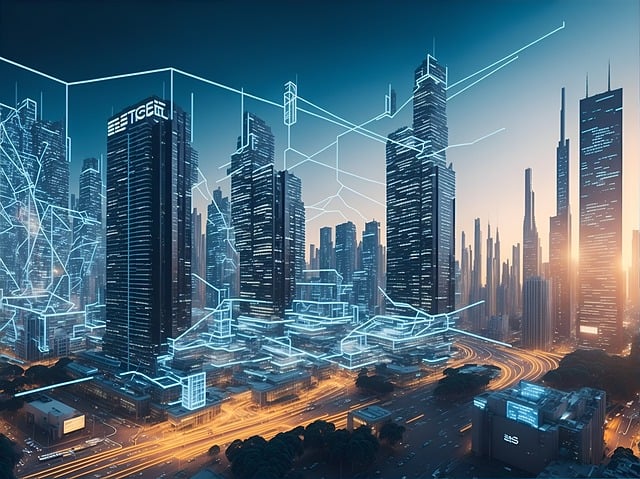AI visual analytics is transforming the dining industry by leveraging advanced algorithms to predict customer preferences based on behavior, trends, and visual appeal, surpassing traditional menu design methods. Through data-driven insights, this technology optimizes menu composition, enhances inventory management, reduces waste, and keeps menus fresh. Integrating AI visual analytics tools enables businesses to create personalized, visually appealing menus that drive sales and improve the dining experience. These tools provide real-time insights based on historical data and market trends, facilitating dynamic menu adjustments to meet evolving consumer preferences, ultimately boosting profitability.
“Unleash the power of AI in revolutionizing your business with a cutting-edge recommendation engine. This article explores the strategic development of an AI business recommendation system, specifically focusing on its application in menu design using advanced visual analytics. We’ll guide you through understanding the potential of AI visuals for creating engaging menus, developing a robust recommendation engine, and seamlessly integrating it into your restaurant or retail strategy. Discover how this technology can enhance customer experience and drive business growth.”
- Understanding AI Visual Analytics for Menu Design
- Developing an Effective Business Recommendation Engine
- Integrating AI into Menu Creation and Optimization
Understanding AI Visual Analytics for Menu Design

In the realm of modern dining, AI visual analytics is transforming how menus are designed and experienced. This cutting-edge technology leverages advanced algorithms to analyze customer preferences, behavior patterns, and even cultural trends, offering insights that traditional menu planning cannot match. By understanding what appeals to customers visually—the colors, fonts, and layout of food items—restaurants can create more engaging, personalized, and ultimately successful menus.
AI visual analytics for menu design enables businesses to go beyond mere text descriptions. It incorporates data-driven visuals, suggesting the most appealing dishes based on past sales, customer feedback, and social media trends. This not only enhances the overall dining experience but also helps in inventory management, promoting popular items, and reducing waste by focusing on what sells best. In today’s competitive food industry, embracing AI visual analytics is a game-changer that keeps menus fresh, relevant, and aligned with customer expectations.
Developing an Effective Business Recommendation Engine

Developing an effective business recommendation engine involves leveraging advanced AI technologies, such as machine learning and natural language processing, to analyze vast amounts of customer data. By integrating AI visual analytics for menu design, businesses can gain deeper insights into consumer preferences, allowing them to create personalized and visually appealing menus that drive sales and enhance the overall dining experience.
This process starts with collecting and preprocessing relevant data, including past orders, customer feedback, and behavioral patterns. The AI system then employs sophisticated algorithms to identify trends, correlations, and unique insights hidden within this data. These findings enable businesses to make data-driven decisions regarding menu items, pricing strategies, and promotions, ultimately optimizing their operations for maximum efficiency and profitability.
Integrating AI into Menu Creation and Optimization

Integrating AI into menu creation and optimization is a game-changer for businesses, offering data-driven insights that can enhance customer experience and increase revenue. With AI visual analytics tools, restaurant owners and chefs can gain valuable information about customer preferences, popular items, and trends in real-time. This enables them to make informed decisions about menu composition, ingredient sourcing, and pricing strategies, ensuring a balanced and appealing menu that caters to diverse tastes.
AI algorithms can analyze historical sales data, customer feedback, and market trends to identify patterns and predict future demands. By visualising these insights through interactive dashboards, stakeholders can quickly grasp what’s selling well, what needs adjustment, and where opportunities lie. This not only streamlines menu management but also allows for dynamic adjustments to meet changing consumer demands, ultimately contributing to a more successful and profitable business.
AI visual analytics for menu design is transforming the way businesses approach dining experiences. By leveraging effective business recommendation engine development, restaurateurs can optimize their menus based on real-time customer preferences and behavior. Integrating AI into menu creation and optimization not only enhances culinary offerings but also drives customer satisfaction and revenue growth. As the field advances, embracing these innovative tools will be key to staying competitive in the ever-evolving food industry.
